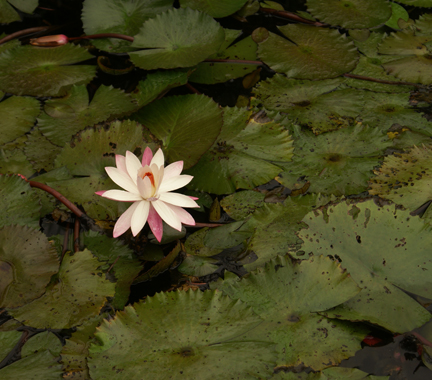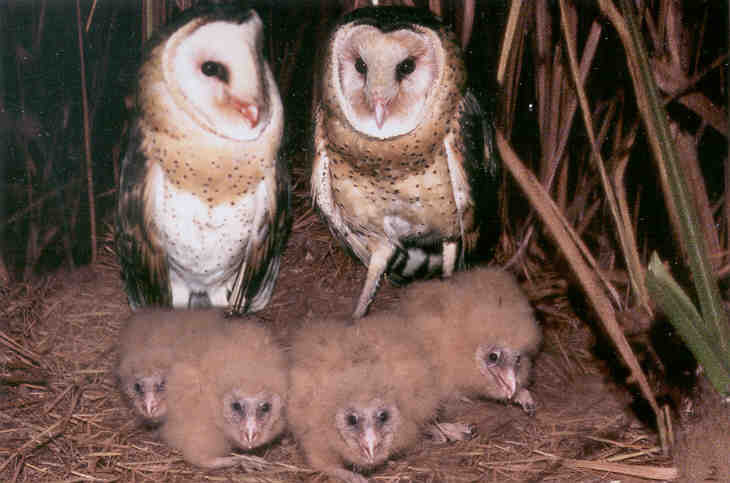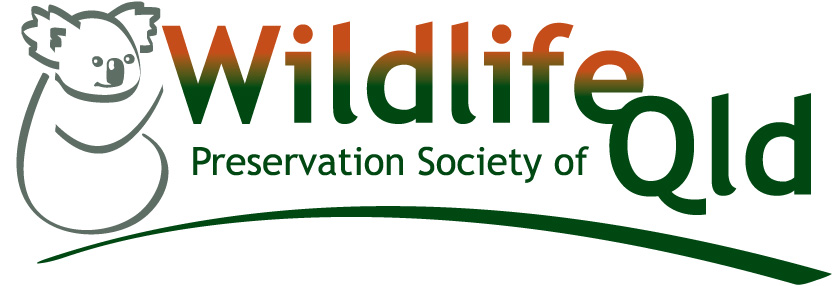| by ANNE WILKINSON Adventure unlimited – this delightful aspect of life is ready and waiting for everyone here in the north. It doesn’t have to be daring or hard to achieve. Almost anything, a gentle walk on the beach or in the forest, for example, can turn into a journey of discovery. It is the same with wetlands. Wetlands in so many ways represent a stream of lifeblood in the wild world because so many creatures need them and congregate in them. Australia, the driest continent on earth, is privileged to have some of its best wetlands. |
Among them is Ingham’s Tyto Wetlands, 120 hectares of lagoons, tracks and, important for the naturalists who flock to this gorgeous site, hides and lookouts from which birds and other wildlife can be observed without disturbing them. Don’t forget to take binoculars and, if possible, a camera.
Recently, members of Tully branch of the Wildlife Preservation Society of Queensland (WPSQ) along with members from other branches spent a weekend at Tyto Wetlands, and everyone came back enchanted with it. Tyto Wetlands is a very special place, and for bird lovers especially it is a happy kind of moveable feast. Here, easily accessible from the heart of town, the wild world is alive and well.
No less than 320 different bird species have been logged at Tyto.
Many live and breed there, others are regular visitors and some drop in, as it were, periodically.
Tyto Wetlands is named after one of the species which lives there, the eastern grass owl, its latin name being Tyto capensis, and I have to thank Ingham wildlife expert John Young for the use of this famous photograph.
The little grass owl, like the region’s cassowary and mahogany glider, is endangered.
It is by far the rarest of Australia’s owls, with its Australian population centred in coastal Queensland. It is also found in parts of Asia.
It is known to nest on the ground as well and it is believed up to six young can be hatched at a time.
It is not a flock bird, though pairs have been spotted. It eats eat small rodents and marsupials as well as small birds.
The female is larger than her mate, measuring up to 36 centimetres from beak to tail tip. Another identifying feature is the smallness of its eyes – the smallest of all the owl species.
Even its call would seem unusual to most people. While most people are familiar with the eerie hooting call of many owls, this little bird chirrups rather like a cricket, a pretty sound.
This part of Queensland’s north has so much intriguing wildlife, with this elusive little owl special among them.
Visitors to Tyto Wetlands may get the chance to observe the little grass owl as it flies out to hunt as dusk descends, with a viewing deck provided for this purpose.
Watching it, it is amazing, and satisfying, to think links such as this little owl with the evolution of this ancient and vital natural habitat are still here, even in such small numbers, as testimony to the march of history and its changes.
It is a privilege to be able to view it with so little difficulty.
With the cane harvest and the tourist season in full swing this is a plea for drivers - everyone who drives – to watch out for wildlife on the roads.
As paddocks are cleared animals panic, and many are likely to become road victims as their familiar world changes around them. This of course can lead to all kinds of problems, not only to the vehicles involved but to the people in them. Many accidents are unavoidable, but going slower can reduce their number and make roads safer.
If an animal or bird is hit, please stop and check it. There are telephone numbers at the end of this column to contact and with quick action many lives can be saved. Many creatures which might have been saved die slow, painful deaths on the sides of our roads because no one has stopped to check them.
Please help stop the carnage. The wild world really needs our care.




